Local author’s new book spotlights standout brief movie roles
Milford. Local film expert John DiLeo’s new book, There Are No Small Parts, focuses on poignant film roles lasting under ten minutes. Here he answers a few questions about his venture.
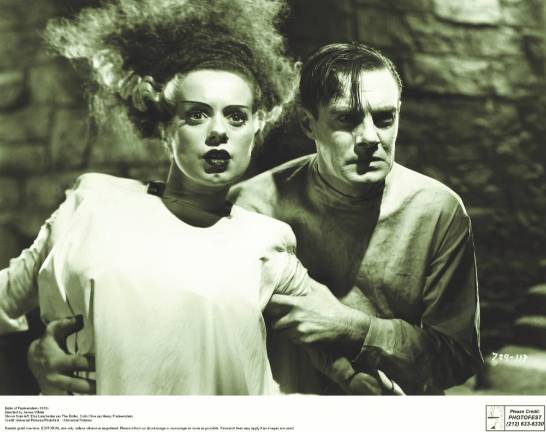
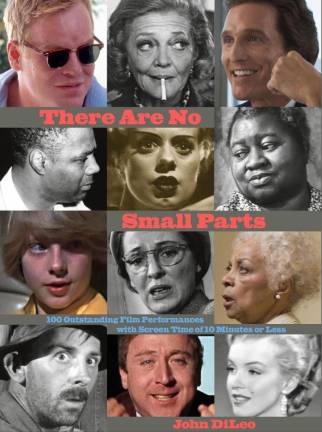
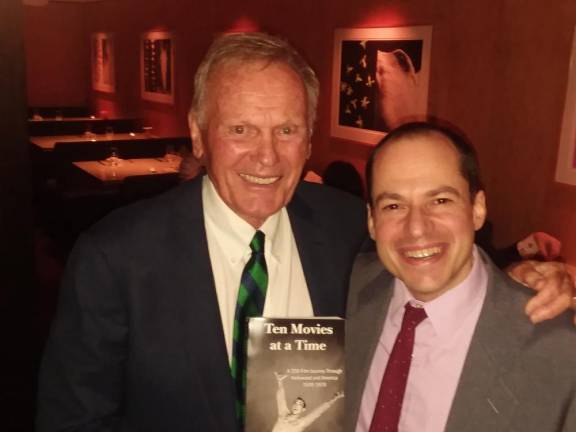
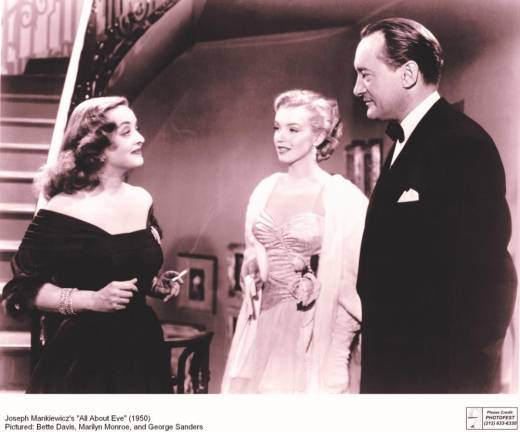
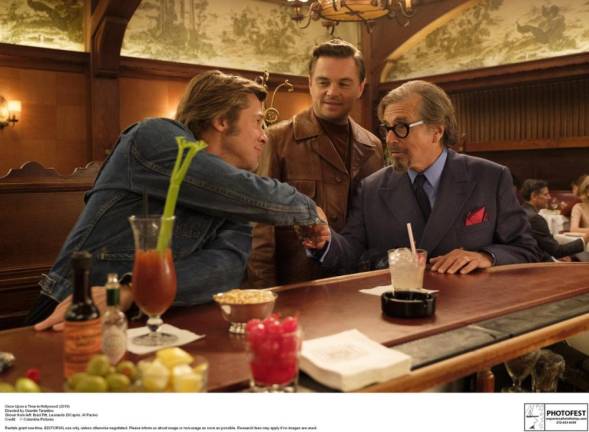
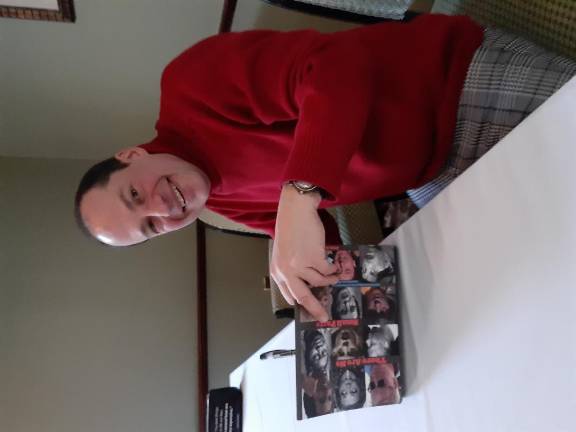
When and how did you get into writing about film?
It began in 1995, just as I was deciding--after twelve years--to stop pursuing a career in the New York theater. In transition, and with nothing to lose, I took a chance on doing something connected to my lifelong love of movies. That’s what led to my first book (a film-trivia quiz book), which was published in 1999. I was suddenly having the kind of luck I never had as an actor. And I never looked back.
Was there a pivotal moment for you in your early film-watching that drew you toward the work you now do? If so, what was the film and the moment?
I can certainly pinpoint the time that my obsession with classic Hollywood took a firm hold of me. I was 13 and the film was That’s Entertainment! (1974). I saw it in my local theater thirteen times and was particularly enthralled by the tap-dancing duet of Fred Astaire and Eleanor Powell in Broadway Melody OF 1940. In 1976, I got my parents to take me to the NYC premiere of the sequel, a night in which I got to meet my two idols: Astaire and Gene Kelly.
How did you land in Milford? Where had you come from?
I was born in Brooklyn and raised in Smithtown, Long Island. Knowing of Milford through a friend, my partner (then husband) Earl got a house in the borough in 2000. I would go back and forth between PA and NYC, finally becoming a Milford full-timer in 2012.
What prompted you to write your recent book, There Are No Small Parts?
I’m always looking for fresh ways to write about my favorite subject: the films and performers of Hollywood’s Golden Age. Focusing on under-10-minute performances provided an intriguing way to celebrate great talents of all types.
Was there a particular film moment that launched the project?
The first entry in the book: Elsa Lanchester as Bride of Frankenstein. It’s the title role yet it lasts a mere four minutes. Lanchester packs a lot into those precious seconds. It’s thrillingly inventive work, both physically and vocally, while also quite devastating emotionally. She’s both a newborn and a grown woman. We watch her become attached to Dr. Frankenstein and repulsed by the Monster. I got a similar high in writing about all 100 performances, whether my subjects were bright newcomers or big stars making cameos or hardworking character actors (known by their faces rather than their names).
How did you compile your material?
I made a preliminary list of about 300 possibilities and worked my way through to find my favorite 100. The final selections are spread evenly across the decades (1930s to the present) and represent a wide variety of genres.
What was your process and over what period?
The actual writing took thirteen months. I’m extremely disciplined, quite the taskmaster! I was able to write two essays a week. The experience was a complete immersion, and I didn’t truly re-emerge until it was done.
What were the biggest challenges for you in writing this book? Timing all the performances to the second! I became very handy with my stopwatch. It was especially tricky if a performance got perilously close to the ten-minute mark. Those that went over had to be excluded.
What was the most fun? Can you give one or more examples?
I loved writing about famous favorites such as Al Pacino, Judi Dench, and Robert Duvall, but I think I got the most pleasure when I was shining a spotlight on some of the lesser-known supporting actors. You know the kind: you know their faces but not necessarily their names! I’m thinking of John Wray as the desperate gun-wielding farmer in Mr. Deeds Goes to Town (1936) or Ona Munson as the heart-of-gold prostitute in Gone With the Wind (1939).
What are your favorite parts of the book?
Perhaps my favorite parts are the shortest performances included, the ones lasting only two or three minutes, such as Marilyn Monroe in All About Eve (1950). Virtually an unknown, Monroe enters like a beam of light, clearly a star in the making and a unique comic treasure. I marvel at how much of an impression can be made with such fleeting screen time. I’m also consistently delighted by the book’s 100 photos, many of them in color.
What events do you have coming up?
On August 13, I’m one of the authors participating in the East Hampton Library’s “Authors Night,” and I’ll be back at both the Milford Readers and Writers Festival and the Black Bear Film Festival. On September 4, I begin a second season of introducing classic movies on the big screen at the Milford Theater.
Where in Hollywood will you have a book signing?
On July 30, I’m having a book signing at the legendary Larry Edmunds Bookshop on Hollywood Boulevard. The store sells nothing but film and theater books. I went there for the first time in 1986 and knew instantly that it was my kind of place.
Elsa Lanchester as Bride of Frankenstein is in the title role, but it lasts a mere four minutes. Lanchester packs a lot into those precious seconds. It’s thrillingly inventive work, both physically and vocally, while also quite devastating emotionally. She’s both a newborn and a grown woman. We watch her become attached to Dr. Frankenstein and repulsed by the Monster. - John DiLeo